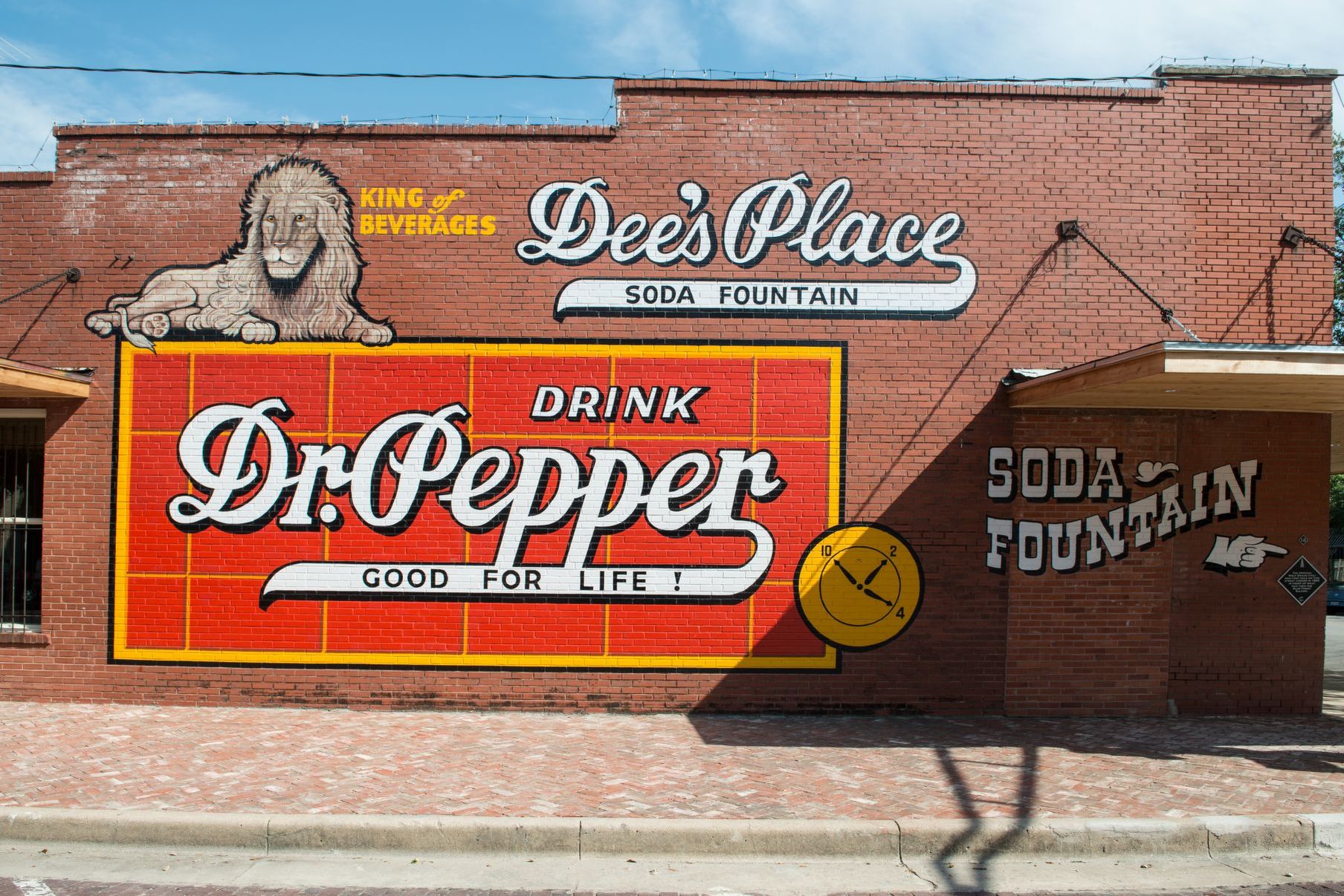Nepal’s economy is highly dependent on tourism, and every year hundreds of prospective and returnee mountaineers throng this tiny Himalayan country The direct contribution of tourism to its GDP, around 8 percent, is expected to rise annually by 3.8 percent to 152.4 billion rupees ($1.33 billion) in 2028. In this sense, mountain tourism plays a key role in increasing the country’s revenue—but it is an industry plagued by corruption.
Trekking is big business in Nepal, and the rugged terrain in the northern areas makes it difficult for trekkers to return when the weather goes haywire. This is where helicopters and insurance claim scams emerge. It is a simple strategy: a traveler is sick and led to believe that a helicopter rescue would be the only way to avoid dying on the mountain. It targets people who aspire to conquer mountains like Everest, are faced with geographical or medical challenges and then throw themselves at the mercy of the scammers. And it is the insurance companies who ultimately have to pay the price.
Six hospitals are now under investigation: Swacon International Hospital, Era Health Centre, CIWEC Hospital, Vayodha Hospital, Grande Hospital and Norvic International Hospital. Three helicopter companies: Heli Everest, Manang Air and Air Dynasty Heli Services are also being probed.
According to the committee tasked with investigating, a number of other companies are also being scrutinized for rescue operations but haven’t yet been charged.
Rescue missions in Nepal’s mountains can cost anywhere from four to twelve thousand dollars—in contrast to trekking trips, which usually cost under $1,000. Money from the scams is often then distributed among the trekking agencies and guides, helicopter companies, brokers (middlemen) and hospitals. Due to the Nepalese government’s apathy toward this issue (and an easy way out for rescue companies who handle their own billing processes) the scam is spreading. The grey area where the government also fails is to check the helicopter companies’ flight logs. It is up to the companies themselves to provide the data, and weak oversight means it is easier for them to fly under the radar. The rescue mission data is still obscure and often kept away from the public’s reach.
Mountain tourism plays a key role in increasing the country’s revenue—but it is an industry plagued by corruption
On January 21 of this year, the insurance companies affected asked Traveller Assist, an underwriter based in Ireland, to conduct a follow-up investigation to determine if the Nepalese government had followed through on its promise to charge the companies involved. The company alleged that not a single charge had been laid on them and that all companies previously named by the government were still in operation. Trouble escalated when Traveller Assist sent a letter to then-tourism minister Rabindra Adhikari on January 25.
Traveller Assist said that it had talked with several helicopter companies and other travel agencies and were told that it was business as usual. To quell the raging storm, the Nepalese government had to respond. Adhikari said the government was committed to ending the insurance fraud in Nepal and was “determined to bring those responsible to justice.”
But on February 27, Adhikari died in a fatal helicopter crash. In a televised speech, he had assured everyone that air safety wouldn’t be a problem, but helicopter companies operating the Airbus AS350 helicopter—regularly used in the mountains—often ignore safety protocols and tend to allow helicopters to carry seven passengers excluding the pilot when the limit is six and an extra seat is installed manually.
The helicopter Adhikari had flown in had seven passengers, and the pilot was apparently pressured to fly when the weather was bad. It was only after the crash that the Nepalese government barred AS350 helicopter operators from boarding seven people and promised to formulate guidelines for helicopter travel. Companies operating the AS350 are now only allowed to board five people while flying to mountainous regions. Previously, they were violating these rules.
Not a single charge has been laid against those already found responsible means that these fraudulent companies think they are untouchable.
Danny Kaine, Head of Assistance of Traveller Assist Group, said, “As an assistance company, we have … to protect the financial interests of insurers. What we are trying to achieve in Nepal is a safer place for travelers, and to establish a trusted helicopter and hospital network, which we have proven over the past two seasons is possible. Unfortunately, the fraud is still happening in Nepal and the fact that not a single charge has been laid against those already found responsible means that these fraudulent companies think they are untouchable.”
Kaine said Traveller Assist wants the Ministry to take responsibility, follow through on the charges, prosecute and publish a list of the fraudulent providers on their website so that foreign insurers and other assistance providers know who not to use.
“We have only spoken to the underwriters we represent. They control 23 travel insurance brands, ensuring approximately 100,000 travelers to Nepal each year. I can tell you that we have received several emails from other insurers who are concerned to hear that no charges were laid—and they have asked if we can advise and assist them this upcoming season.” There’s a twist in the plot: other insurers like World Nomads do not echo Traveller Assist’s call for withdrawal.
Quick money from insurance scams is an easy way to cover bulging expenses.
Phil Sylvester, head of communications at World Nomads, said, “We are not a part of the Traveler Assist call for a boycott. The fact is the fraudulent operators are often presenting us with a fait accompli: a customer removed from the mountain, sitting in a compliant hospital with staff holding the patient’s passport as a “ransom” for their release, and only then are we contacted asking for payment.”
Sources say that the helicopter scam file is now with the federal crime agency, Crime Investigation Bureau (CIB), but the investigation has been drawn out, without any conclusions and no one knows when the investigating agency will finish its task. Travel insurance is a lucrative business in Nepal. Helicopter companies face the daunting task of paying their own bills vis-a-vis poor safety records. Quick money from insurance scams is an easy way to cover bulging expenses. And everyone gets paid too.
The question here is whether the agencies involved in Nepal’s mountain tourism industry are thinking of a long-term business model or a short-term one. The negative message is already spreading worldwide and the government is now trying to control the damage, but in the absence of a tourism minister, this issue seems to be prolonged.
Nepal’s tourism sector is a lucrative business for insurers to leave. Traveller Assist issued the deadline for withdrawal on February 15, but they never stopped issuing travel insurance policies. There’s a big pie of money in mountain tourism, and companies would definitely not wish to lose their piece of it to others. After all, 2020 is the Visit Nepal year and the government cannot afford to lose precious tourist dollars.


